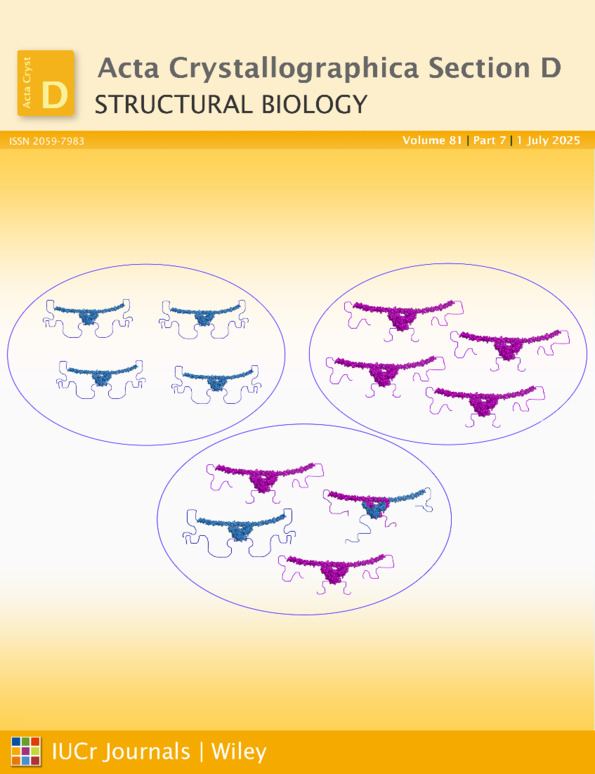Post-crystallization treatments for improving diffraction quality of protein crystals
Abstract
X-ray crystallography is the most powerful method for determining the three-dimensional structure of biological macromolecules. One of the major obstacles in the process is the production of high-quality crystals for structure determination. All too often, crystals are produced that are of poor quality and are unsuitable for diffraction studies. This review provides a compilation of post-crystallization methods that can convert poorly diffracting crystals into data-quality crystals. Protocols for annealing, dehydration, soaking and cross-linking are outlined and examples of some spectacular changes in crystal quality are provided. The protocols are easily incorporated into the structure-determination pipeline and a practical guide is provided that shows how and when to use the different post-crystallization treatments for improving crystal quality.




